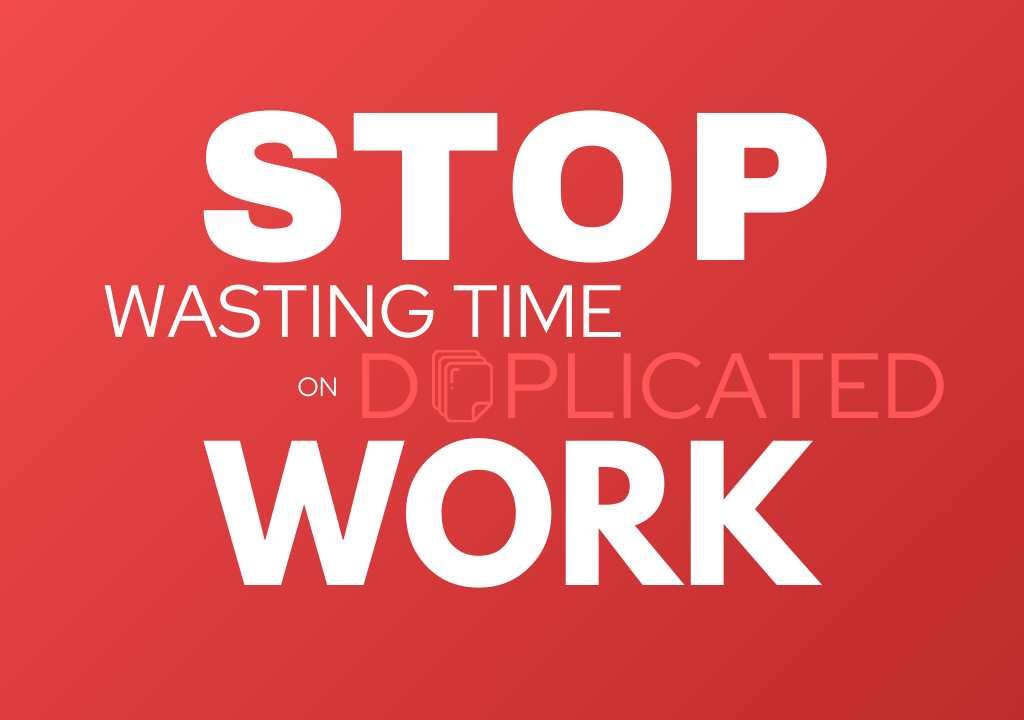When Documentation Stops Work Dead
Documentation is essential, but what happens when it becomes a full-time job?

A close acquaintance of mine recently started a new job with high hopes and even higher caffeine consumption. The role seemed promising—a step up, great benefits, the works. But within weeks, the sheen wore off as they discovered a peculiar quirk of the workplace: everything was done by committee, and documenting even the smallest decision felt like preparing a dissertation. If someone suggested ordering pizza for lunch, you’d better believe there was a shared doc outlining crust preferences and cheese ratios.
This got me thinking: at what point does documentation go from being a helpful tool to an anchor dragging productivity down with it? How do we balance the need to document without stifling action? Let’s dive into the merits and pitfalls of our love affair with documentation.
Part 1: The Ideal of Documentation
At its best, documentation is like a trusty road map—clear, concise, and helping everyone get to the destination with minimal confusion. Here’s what it should do:
- Consistency Across Teams: Documentation ensures that processes don’t devolve into a free-for-all. Everyone knows how to file a request or launch a project because it’s all laid out in black and white.
- A Resource for Onboarding: New hires can avoid the dreaded “drink-from-the-firehose” experience by referring to well-documented guides.
- Protection Against Tribal Knowledge Hoarding: Let’s be real: everyone’s met that one employee who’s the unofficial keeper of institutional secrets. Documentation prevents single points of failure.
But like most good things, theory and practice don’t always align. The problem arises when documentation goes from being a map to a maze.
Part 2: The Dark Side of Documentation
Now, let’s talk about the flip side. My acquaintance quickly learned that at their new job, documentation wasn’t just a guideline; it was a lifestyle. Meetings were postponed because the pre-meeting documentation wasn’t complete. Decisions lingered in limbo while someone drafted a 10-page justification memo. Documentation on the "correct" way to do simple tasks like how to respond to a client was over five pages long.
(I WISH I was exaggerating with these examples. It physically pains me to hear these things.)
Here’s some more examples of where documentation goes off the rails:
- Death by Committee: When every action requires group consensus and extensive documentation, the pace of work grinds to a halt. Imagine if Noah had spent all 40 days and nights writing meeting minutes instead of building the ark.
- Documenting Inefficiency: There’s something grimly ironic about spending hours documenting processes that exist purely to manage inefficiency.
- The Morale Drain: When employees realize that every idea, no matter how simple, requires exhaustive paperwork, enthusiasm dwindles. Nobody wants to work in an environment where creativity is smothered by bureaucracy.
My acquaintance’s frustration is palpable. By the time a decision is made and documented, the opportunity to act has often passed. They STILL haven't sent out their follow-ups to leads they made at a conference four months ago because another department is still writing the documentation on the best way to import that information into their CRM. 🤦 Documentation has become the job, not the tool.
Part 3: Finding the Balance
So how do you avoid this trap? Like any tool, documentation is only as effective as the person wielding it. Here are some ways documentation can enhance productivity without derailing it:
- Focus on Critical Processes: Not everything needs to be documented in painstaking detail. Prioritize essential workflows and decision points.
- Enable Action Within Guidelines: Instead of requiring approval for every step, provide teams with frameworks they can operate within. Think of it as giving people the recipe instead of hand-holding them through every stir of the pot.
- Regularly Audit Your Docs: Old, irrelevant documentation can clutter systems and confuse employees. Schedule regular cleanups to keep things lean.
- Automate! Instead of outlining how to connect with a client, use built-in tools like HubSpot’s email templates and automation sequences to have drafts already set up and ready for your team to use.
Good documentation should be a springboard for action, not a speed bump. It’s about creating just enough structure to keep the chaos at bay without suffocating agility.
Part 4: Practical Takeaways
If you’re nodding along and wondering how to strike the right balance, here are some actionable tips:
- Document the Forest, Not Every Leaf: Capture the overarching processes and leave room for flexibility. Micromanaging through documentation is still micromanaging.
- Empower Teams to Make Decisions: Create decision-making protocols that don’t require 12 layers of approval and 47 shared documents.
- Limit Documentation Length: If a document takes longer to read than a Tolkien novel, you’re doing it wrong. Brevity is not just the soul of wit but also the key to usability.
- Make It Accessible and Searchable: Fancy documentation tools are great, but if no one can find what they need quickly, they’re useless. Invest in searchability.
- Retire Outdated Documentation: Every six months, review your library. Retire the irrelevant and revise the outdated.
- Keep it Collaborative, Not Bureaucratic: Collaboration is key, but don’t let it veer into bureaucracy. Use technology like shared platforms to streamline feedback and updates.
And remember, documentation is there to serve your organization—not the other way around.
Conclusion: Documentation as a Means, Not an End
When I last checked in with my acquaintance, they were settling into their new role… or rather, settling into their new role as Chief Documentation Officer. Their experience serves as a cautionary tale: too much of a good thing can quickly turn toxic.
Documentation is powerful, but only when wielded wisely. It should clarify, not complicate; empower, not impede. In the end, the goal is simple: to work smarter, not harder. So before you hit “Save As,” ask yourself—is this document a tool for progress or just another obstacle?




Comments ()